Getting into investing might feel overwhelming particularly if you're new, to it. Yet taking the steps in investing is essential for securing your future and achieving long-term growth. This guide is here to address queries and offer a plan to assist you in beginning your journey, as an investor.
Where Should I Start as a Beginner Investor?
Setting Financial Goals
Before delving into the realm of investing it's crucial to establish objectives. Are you aiming to build a nest egg, for retirement funds for a home, a down payment, or to save for your child's education? Clearly outlining your goals will guide you in selecting an investment approach that aligns with your requirements.
Understanding Investment Options
As a beginner, you have various investment options to consider. Here are a few common ones:
- Stocks: Investing in stocks of companies carries a level of risk. It also presents the opportunity, for significant financial gains.
- Bonds: Loans provided to governments or businesses, with set interest rates are usually considered secure although they yield profits.
- Mutual Funds: Professional fund managers oversee pooled funds to provide diversification.
- ETFs (Exchange-Traded Funds): Like funds but they are. Sold on stock markets usually with reduced fees.
- Real Estate: Putting money into estate either by buying property or investing in REITs (Real Estate Investment Trusts).
Assessing Risk Tolerance
Your willingness and ability to handle market fluctuations determine your risk tolerance. Knowing your risk tolerance is important, for choosing the investments. Investments with risks, such as stocks may yield returns but also pose a greater risk of losses whereas lower-risk investments, like bonds, offer stability with moderate returns.
What is a Good Place to Start Investing?
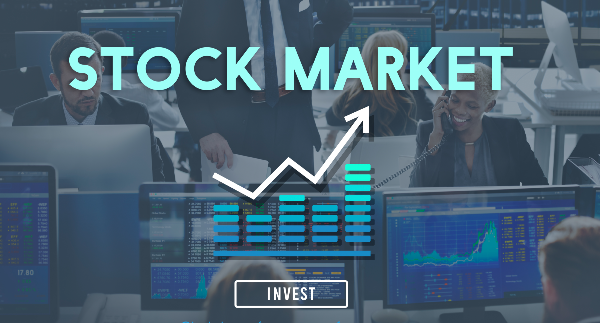
Low-Cost Investment Options
For beginners, low-cost investment options like index funds or robo-advisors are excellent starting points.
- Index Funds: These investments follow market indicators, like the S&P 500. Provide diversification at an affordable price.
- Robo-Advisors: Financial services technology platforms offer tailored investment recommendations according to your objectives and risk appetite at more affordable rates compared to conventional financial advisors.
Diversification
Diversifying your investments is important, for minimizing risk. When you spread your money across types of assets, like stocks, bonds, and real estate it helps lessen the effects of one investment underperforming on your entire portfolio.
Choosing a Reputable Platform
Make sure to do some research and choose known investment platforms or brokers. Check for ones that have fees, a to-use interface, and helpful customer service. Vanguard, Fidelity, and Stockbossup are recommended platforms, for newcomers, in the investment world.
How Do You Start as an Investor?
Consider What Kind of Investor You Want to Be
Active vs. Passive Investing
- Active Investing: Engages, in trading of stocks to surpass the market involving dedication, skill, and time.
- Passive Investing: Investing in a portfolio through index funds involves purchasing and holding assets to mirror market performance. This approach is known for being less labor-intensive. Usually comes with fees.
Pros and Cons
- Active Investing Pros: Potential for high returns, and control over investments.
- Active Investing Cons: Time-consuming, higher fees, risk of poor decision-making.
- Passive Investing Pros: Lower costs, less time commitment, consistent returns.
- Passive Investing Cons: No chance to outperform the market, less control.
Keep Learning and Saving
Continuous Education
The world of investing is always evolving, so staying informed is crucial. Dive into books keep up with updates explore classes and think about connecting with investment groups. Some recommended resources include:
- Books: "The Intelligent Investor" by Benjamin Graham, "A Random Walk Down Wall Street" by Burton G. Malkiel.
- Websites: Investopedia, Morningstar.
- Courses: Coursera, Udemy.
Saving Regularly
Regularly setting aside money is essential, for creating an investment portfolio. Set up automated transfers to make sure you keep adding funds to your investment accounts on a regular basis. Even making small frequent contributions can lead to growth over time due, to the power of compounding.
Don’t Fall for Easy Mistakes

Common Mistakes and How to Avoid Them
Chasing Hot Stocks: It's crucial to resist the allure of investing in trending stocks without thorough research. While it can be tempting to jump on the bandwagon of a stock that seems to be skyrocketing in value, such decisions often lack a solid foundation in fundamental analysis. Blindly chasing hot stocks can expose investors to unnecessary risks, as the initial excitement may not be backed by sustainable growth or profitability. Conducting diligent research helps investors understand the underlying factors driving a stock's performance, enabling more informed and strategic investment decisions.
Timing the Market: Attempting to predict market movements and time investments accordingly can often lead to suboptimal outcomes. Market timing relies on accurately foreseeing fluctuations, which is notoriously difficult even for seasoned professionals. Instead, focusing on long-term investment strategies allows investors to benefit from the power of compounding and ride out short-term market volatility. By adopting a patient approach and staying invested over time, investors can potentially achieve more stable and consistent returns, aligned with their financial goals.
Lack of Diversification: One of the cornerstones of prudent investing is diversifying across different asset classes and industries. Concentrating investments in a single stock or sector exposes portfolios to heightened risks associated with specific market fluctuations or industry downturns. Diversification spreads risk across various investments, potentially mitigating losses from underperforming assets. By allocating investments across stocks, bonds, real estate, and other asset classes, investors aim to achieve a balanced portfolio that can better withstand market turbulence and economic cycles.
Ignoring Fees: Paying attention to investment fees is essential in preserving returns over time. High fees can significantly erode investment gains, impacting long-term wealth accumulation. Opting for investment options with competitive fees and being mindful of transaction costs helps maximize the net returns on investments. By choosing low-cost investment vehicles such as index funds or ETFs, investors can potentially achieve similar or better returns compared to higher-cost alternatives, enhancing overall portfolio performance.
Emotional Investing: Allowing emotions to dictate investment decisions can lead to buying high during market exuberance and selling low amid fear or panic. Emotional reactions to market fluctuations may result in hasty and irrational choices that deviate from a well-thought-out investment strategy. Maintaining discipline and sticking to a predetermined investment plan helps investors stay focused on long-term objectives, avoiding impulsive actions driven by short-term market sentiment. By keeping emotions in check and adhering to a consistent investment approach, investors position themselves more effectively to achieve their financial goals over time.
Measure Your Risk Tolerance
Understanding Risk Tolerance
Your willingness to take risks in investing is determined by how fluctuation, in returns you're comfortable with. Factors like age, financial objectives, and your comfort level with uncertainty play a role, in determining your risk tolerance.
Assessing Your Risk Tolerance
- Risk Tolerance Quizzes: Several financial websites provide quizzes that can assist in assessing your comfort level with risk.
- Professional Advice: Financial planners can offer tailored evaluations and suggestions.
- Self-Assessment: If you find yourself feeling concerned, about changes in the market it could indicate that you have a tolerance, for risk especially when it comes to short-term losses.
Aligning Investments with Risk Tolerance
Your investment strategy should reflect your risk tolerance. For example:
- High-Risk Tolerance: Greater allocation to stocks and high-growth investments.
- Moderate Risk Tolerance: Balanced allocation between stocks and bonds.
- Low-Risk Tolerance: Higher allocation to bonds and other stable investments.
Conclusion
Embarking on the path of an investor requires planning, a commitment, to learning, and making disciplined decisions. To begin establish objectives familiarize yourself with investment opportunities and assess your comfort level with risk. Opt for cost-diversified investment platforms while steering clear of mistakes by staying informed and maintaining consistency.
Remember investing is a long-term endeavor rather than a quick race. Start off modestly keep expanding your knowledge base and gradually grow your investment portfolio to reach your aspirations. Now is an opportune moment to take that step into the world of investing and securing your well-being. Best of luck, with your investing endeavors!














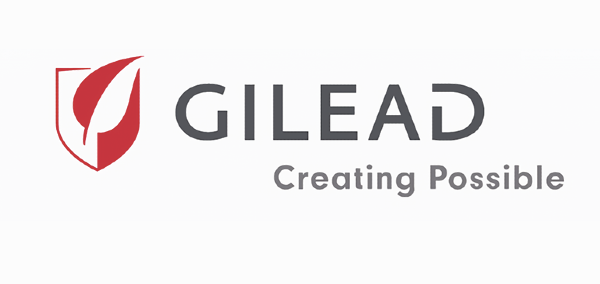



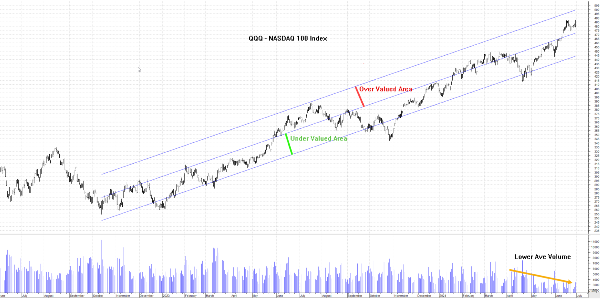
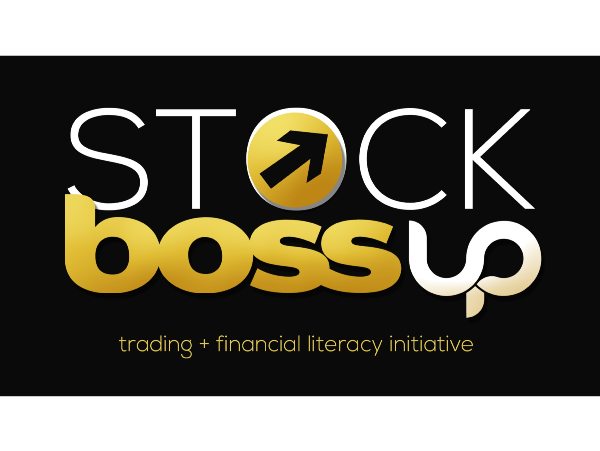
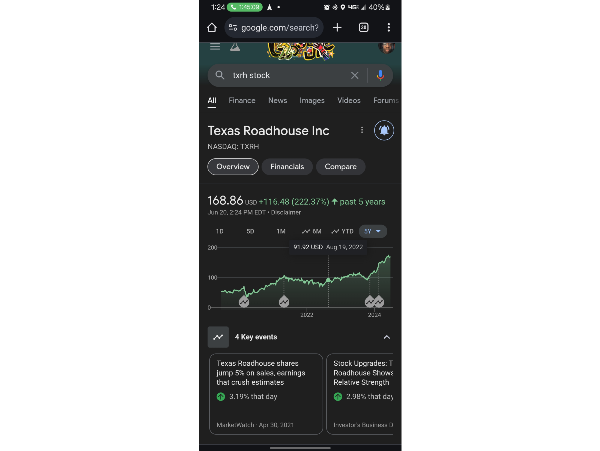








Getting into investing might feel overwhelming particularly if you're new, to it. Yet taking the steps in investing is essential for securing your future and achieving long-term growth. This guide is here to address queries and offer a plan to assist you in beginning your journey, as an investor.
Where Should I Start as a Beginner Investor?
Setting Financial Goals
Before delving into the realm of investing it's crucial to establish objectives. Are you aiming to build a nest egg, for retirement funds for a home, a down payment, or to save for your child's education? Clearly outlining your goals will guide you in selecting an investment approach that aligns with your requirements.
Understanding Investment Options
As a beginner, you have various investment options to consider. Here are a few common ones:
Assessing Risk Tolerance
Your willingness and ability to handle market fluctuations determine your risk tolerance. Knowing your risk tolerance is important, for choosing the investments. Investments with risks, such as stocks may yield returns but also pose a greater risk of losses whereas lower-risk investments, like bonds, offer stability with moderate returns.
What is a Good Place to Start Investing?
Low-Cost Investment Options
For beginners, low-cost investment options like index funds or robo-advisors are excellent starting points.
Diversification
Diversifying your investments is important, for minimizing risk. When you spread your money across types of assets, like stocks, bonds, and real estate it helps lessen the effects of one investment underperforming on your entire portfolio.
Choosing a Reputable Platform
Make sure to do some research and choose known investment platforms or brokers. Check for ones that have fees, a to-use interface, and helpful customer service. Vanguard, Fidelity, and Stockbossup are recommended platforms, for newcomers, in the investment world.
How Do You Start as an Investor?
Consider What Kind of Investor You Want to Be
Active vs. Passive Investing
Pros and Cons
Keep Learning and Saving
Continuous Education
The world of investing is always evolving, so staying informed is crucial. Dive into books keep up with updates explore classes and think about connecting with investment groups. Some recommended resources include:
Saving Regularly
Regularly setting aside money is essential, for creating an investment portfolio. Set up automated transfers to make sure you keep adding funds to your investment accounts on a regular basis. Even making small frequent contributions can lead to growth over time due, to the power of compounding.
Don’t Fall for Easy Mistakes
Common Mistakes and How to Avoid Them
Chasing Hot Stocks: It's crucial to resist the allure of investing in trending stocks without thorough research. While it can be tempting to jump on the bandwagon of a stock that seems to be skyrocketing in value, such decisions often lack a solid foundation in fundamental analysis. Blindly chasing hot stocks can expose investors to unnecessary risks, as the initial excitement may not be backed by sustainable growth or profitability. Conducting diligent research helps investors understand the underlying factors driving a stock's performance, enabling more informed and strategic investment decisions.
Timing the Market: Attempting to predict market movements and time investments accordingly can often lead to suboptimal outcomes. Market timing relies on accurately foreseeing fluctuations, which is notoriously difficult even for seasoned professionals. Instead, focusing on long-term investment strategies allows investors to benefit from the power of compounding and ride out short-term market volatility. By adopting a patient approach and staying invested over time, investors can potentially achieve more stable and consistent returns, aligned with their financial goals.
Lack of Diversification: One of the cornerstones of prudent investing is diversifying across different asset classes and industries. Concentrating investments in a single stock or sector exposes portfolios to heightened risks associated with specific market fluctuations or industry downturns. Diversification spreads risk across various investments, potentially mitigating losses from underperforming assets. By allocating investments across stocks, bonds, real estate, and other asset classes, investors aim to achieve a balanced portfolio that can better withstand market turbulence and economic cycles.
Ignoring Fees: Paying attention to investment fees is essential in preserving returns over time. High fees can significantly erode investment gains, impacting long-term wealth accumulation. Opting for investment options with competitive fees and being mindful of transaction costs helps maximize the net returns on investments. By choosing low-cost investment vehicles such as index funds or ETFs, investors can potentially achieve similar or better returns compared to higher-cost alternatives, enhancing overall portfolio performance.
Emotional Investing: Allowing emotions to dictate investment decisions can lead to buying high during market exuberance and selling low amid fear or panic. Emotional reactions to market fluctuations may result in hasty and irrational choices that deviate from a well-thought-out investment strategy. Maintaining discipline and sticking to a predetermined investment plan helps investors stay focused on long-term objectives, avoiding impulsive actions driven by short-term market sentiment. By keeping emotions in check and adhering to a consistent investment approach, investors position themselves more effectively to achieve their financial goals over time.
Measure Your Risk Tolerance
Understanding Risk Tolerance
Your willingness to take risks in investing is determined by how fluctuation, in returns you're comfortable with. Factors like age, financial objectives, and your comfort level with uncertainty play a role, in determining your risk tolerance.
Assessing Your Risk Tolerance
Aligning Investments with Risk Tolerance
Your investment strategy should reflect your risk tolerance. For example:
Conclusion
Embarking on the path of an investor requires planning, a commitment, to learning, and making disciplined decisions. To begin establish objectives familiarize yourself with investment opportunities and assess your comfort level with risk. Opt for cost-diversified investment platforms while steering clear of mistakes by staying informed and maintaining consistency.
Remember investing is a long-term endeavor rather than a quick race. Start off modestly keep expanding your knowledge base and gradually grow your investment portfolio to reach your aspirations. Now is an opportune moment to take that step into the world of investing and securing your well-being. Best of luck, with your investing endeavors!